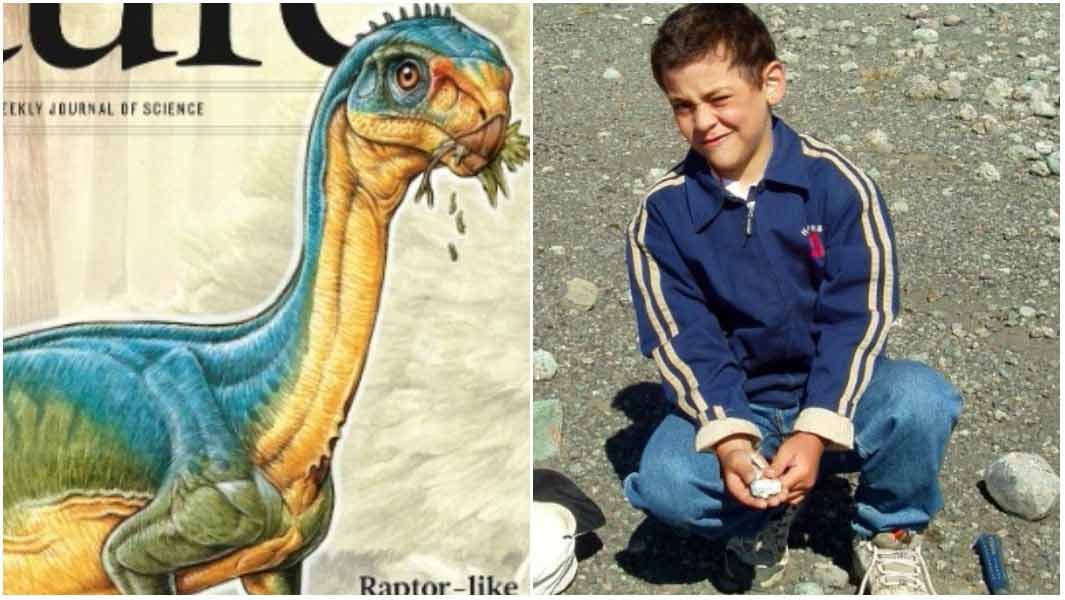Kid finds fossilised bones of unknown dinosaur species

Many seven-year-olds dream of becoming expert palaeontologists and discovering dinosaur bones in the dirt of their backyards - but what if that actually happened!?
In 2004, Diego Suarez from Chile was playing in the forests of Aysen when he stumbled upon two pieces of fossilised bone.

Diego’s parents were very excited because they are geologists and had brought him along on their research trip.
Little did they know, Diego would outshine them both on their travels and become the Youngest person to discover a fossil of an unknown dinosaur species.

"Because of the age of the rocks and their texture in conjunction with the history of the place, they had to be dinosaurs," said his mother.
Later on, a group of scientists conducted a big study with the fossilised findings, calling the unknown dinosaur species the Chilesaurus diegosuarezi, in honour of the young palaeontologist who uncovered the bones.
The scientists used these two small fossils to work out what the dinosaur would have looked like:
"The Chilesaurus diegosuarezi had arms that were sturdy, but his hands only had two rather short fingers that ended in slightly curved claws, so it was clear this species did not use its hands to capture animals,” said expert scientist Fernando Novas.
Although he found the fossils many years ago, Diego didn’t apply for the record until he was 20 years old!

Diego is proud to have made such a discovery at this young age.
This is his advice for other young dreamers:
Dinosaur poop collector George Frandsen (USA) is the proud owner of the Largest collection of coprolite (otherwise known as fossilised faeces).
As counted at the South Florida Museum in Bradenton, Florida, USA, George has amassed an amazing 1,277 pieces of prehistoric poo since he began his collection as a palaeontology student at college.
The 36-year-old history fan has collected poop from 15 states in the USA and eight countries worldwide.
Impressed? Us too.